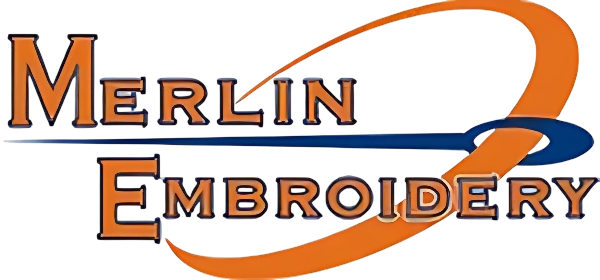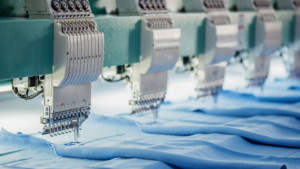How Custom Embroidery Can Help You Create A Unique Brand Identity
Have you ever wondered how some brands just seem to stand out effortlessly in a crowded market? It’s like they have this magical touch that turns everything they do into a memorable experience. The good news is that there’s a secret ingredient you can use to create that same effect for your business — custom embroidery. You might be surprised at how versatile and impactful custom embroidery can be in crafting a unique brand identity.
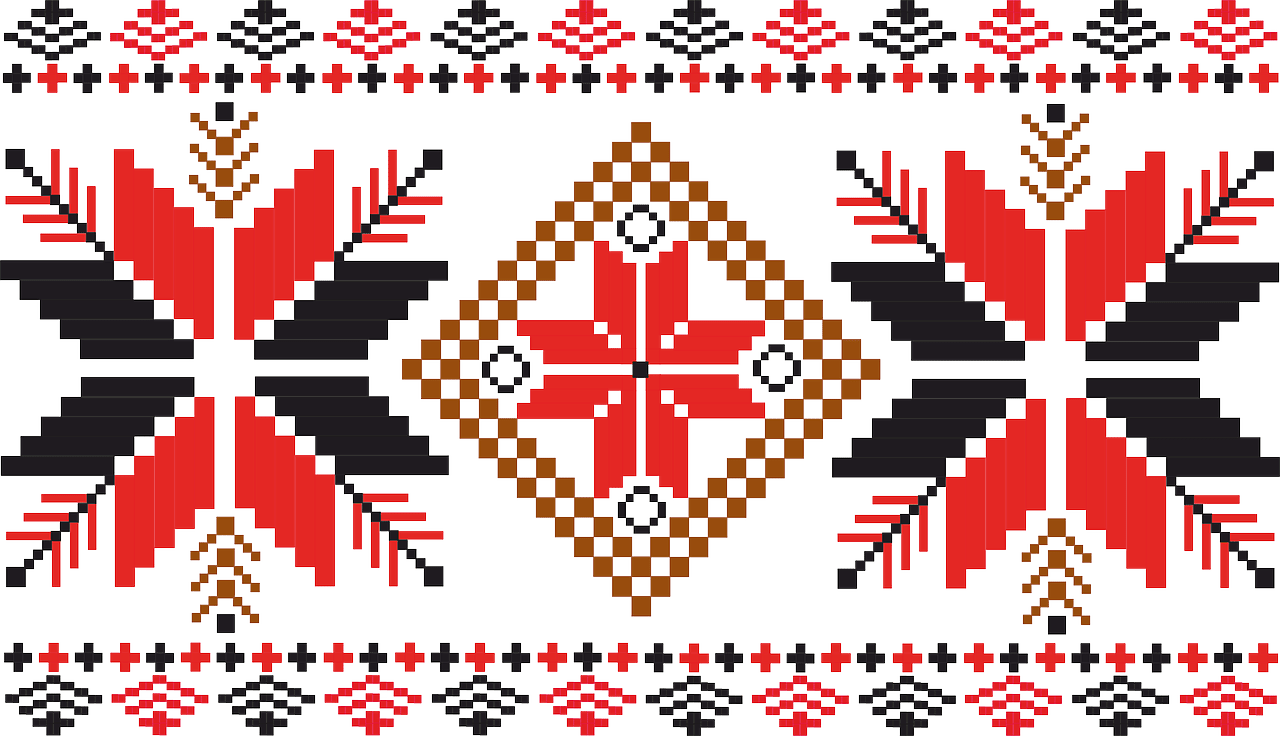
This image is property of pixabay.com.
Understanding Brand Identity
Before diving into the world of custom embroidery, it’s essential to grasp what brand identity really means. Your brand identity is more than just a logo or a catchy tagline. It encapsulates the visual and emotional representation of your business. It’s how your audience perceives you and the promise you make to them.
The Elements of a Strong Brand Identity
A strong brand identity is composed of several key elements.
| Element | Description |
|---|---|
| Logo | The visual cornerstone of your brand. |
| Color Palette | The specific set of colors that represent your brand’s visual identity. |
| Typography | The fonts and text styles used in your branding materials. |
| Imagery | The types of images that convey your brand’s aesthetic. |
| Tone of Voice | The way your brand communicates with your audience, both written and spoken. |
These elements work together to form a cohesive identity that people recognize and remember.
Why Custom Embroidery?
So why should you consider custom embroidery as part of your branding strategy? Simply put, it’s versatile, durable, and has a unique way of making your brand come alive.
The Versatility of Custom Embroidery
Custom embroidery isn’t limited to just shirts and hats. You can embroider on a wide range of items including jackets, bags, towels, and even office supplies like mouse pads. This flexibility allows you to extend your brand’s reach into various areas of your customers’ lives.
Durability and Quality
Unlike some other forms of customization, embroidery tends to be long-lasting. A well-embroidered logo or design can withstand years of wear and tear, all while maintaining its vibrant appearance. This long-term durability can add a layer of perceived quality to your brand.
Emotional Connection
There’s something inherently special about a well-embroidered piece. It has a tactile quality that printed designs often lack. This can create a stronger emotional connection between your brand and your audience, making your brand items feel more personal and cherished.

This image is property of pixabay.com.
Custom Embroidery in Action
Now that you understand why custom embroidery holds such promise, let’s look at how you can implement it to enhance your brand identity.
Employee Uniforms
Uniforms are one of the most common uses for embroidery, and for good reason. Embroidered uniforms can help create a cohesive look among your staff, boosting team spirit and professionalism.
Promotional Items
Consider embroidering your logo on items you give away at trade shows or as part of promotional campaigns. High-quality, embroidered items are less likely to be tossed aside, ensuring your brand remains top of mind.
Corporate Gifts
What better way to say ‘thank you’ to your clients and partners than with custom-embroidered gifts? These items can range from high-quality towels to premium jackets, each carrying your brand proudly.
Steps to Creating Custom Embroidery
Ready to get started? Here’s a step-by-step guide to creating your very own custom embroidered items.
Step 1: Choose Your Item
First, decide what you want to embroider. Are you looking for uniforms, promotional items, or something else? Your choice will influence the type of material and design that will work best.
Step 2: Design Your Embroidery
Work with a graphic designer to create a design that translates well into embroidery. Keep in mind that intricate designs may not work as well as simpler ones.
Step 3: Select a Vendor
Look for a reputable vendor who specializes in custom embroidery. Ask for samples and read reviews to ensure you’re getting the best quality.
Step 4: Approve a Sample
Before going into mass production, always approve a sample. This allows you to make any necessary adjustments to the design or color scheme.
Step 5: Order and Distribute
Once you’re satisfied with the sample, place your order and start distributing your custom-embroidered items.
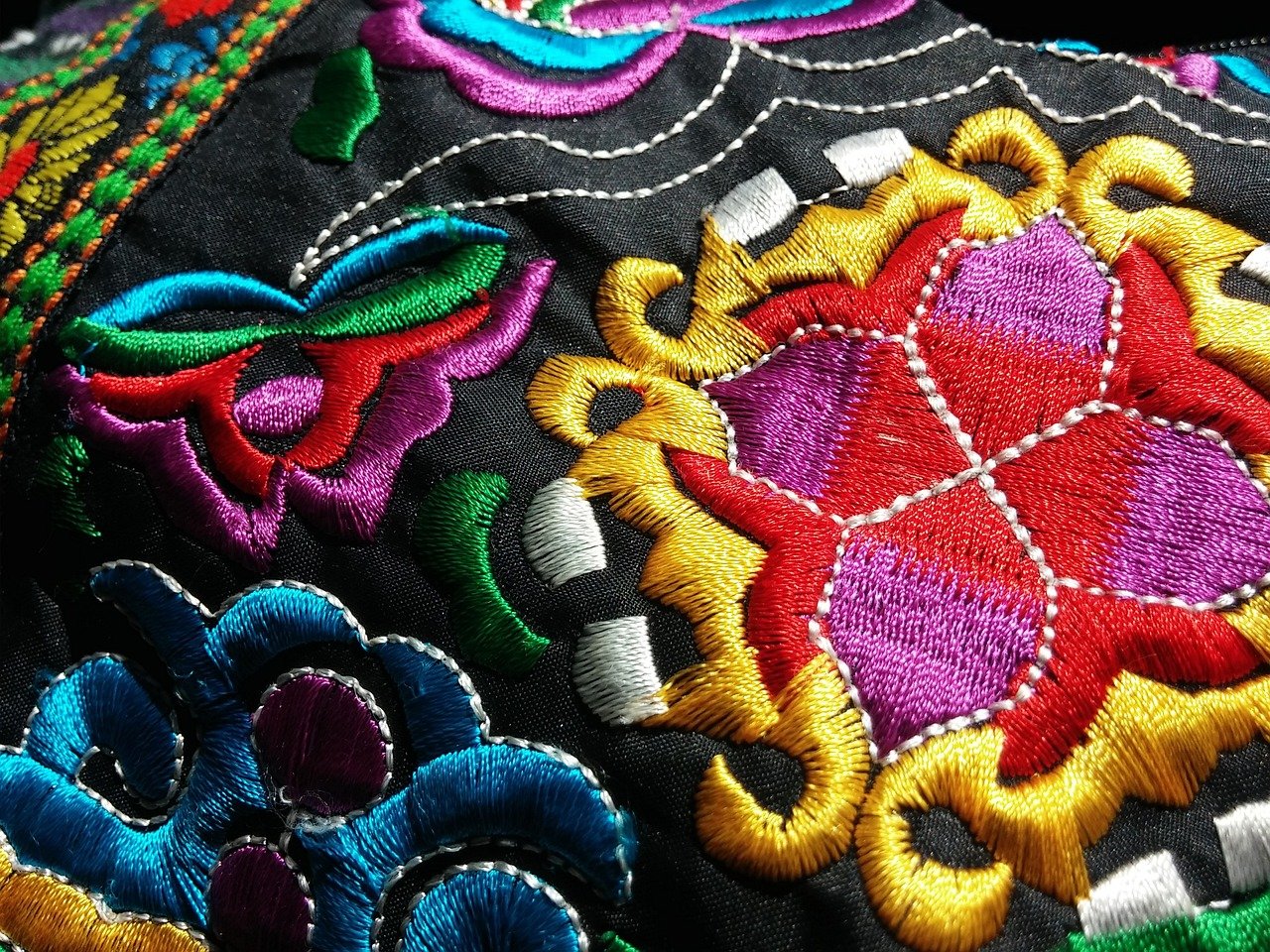
This image is property of pixabay.com.
Tips for Effective Custom Embroidery
While the process may seem straightforward, there are some tips that can help you make the most out of your custom embroidery efforts.
Keep It Simple
Intricate designs may look beautiful on screen but can lose their appeal when embroidered. Simple, bold designs usually translate better.
Think About Placement
The placement of your embroidery is crucial. Common locations include the left chest, sleeve, and back. Think carefully about where your design will be most impactful.
Choose the Right Colors
Color choice is critical. You want your embroidery to be eye-catching but not overwhelming. Make sure the colors you choose complement each other and align with your brand’s color palette.
Quality Over Quantity
It’s tempting to go for the cheapest option when ordering custom embroidery, but remember that quality should never be compromised. High-quality embroidery will reflect well on your brand and ensure longevity.
The Impact on Brand Perception
The true measure of any branding effort is how it affects brand perception.
Increased Brand Recognition
High-quality, custom-embroidered items are memorable. Every time someone sees your embroidered logo, it reinforces brand recognition.
Enhancing Professionalism
Consistently branded items, whether in your office or on your staff, enhance your company’s professional image and build trust with your audience.
Emotional Resonance
As mentioned earlier, embroidery has a tactile quality that can create an emotional bond. This is especially useful in creating a loyal customer base.
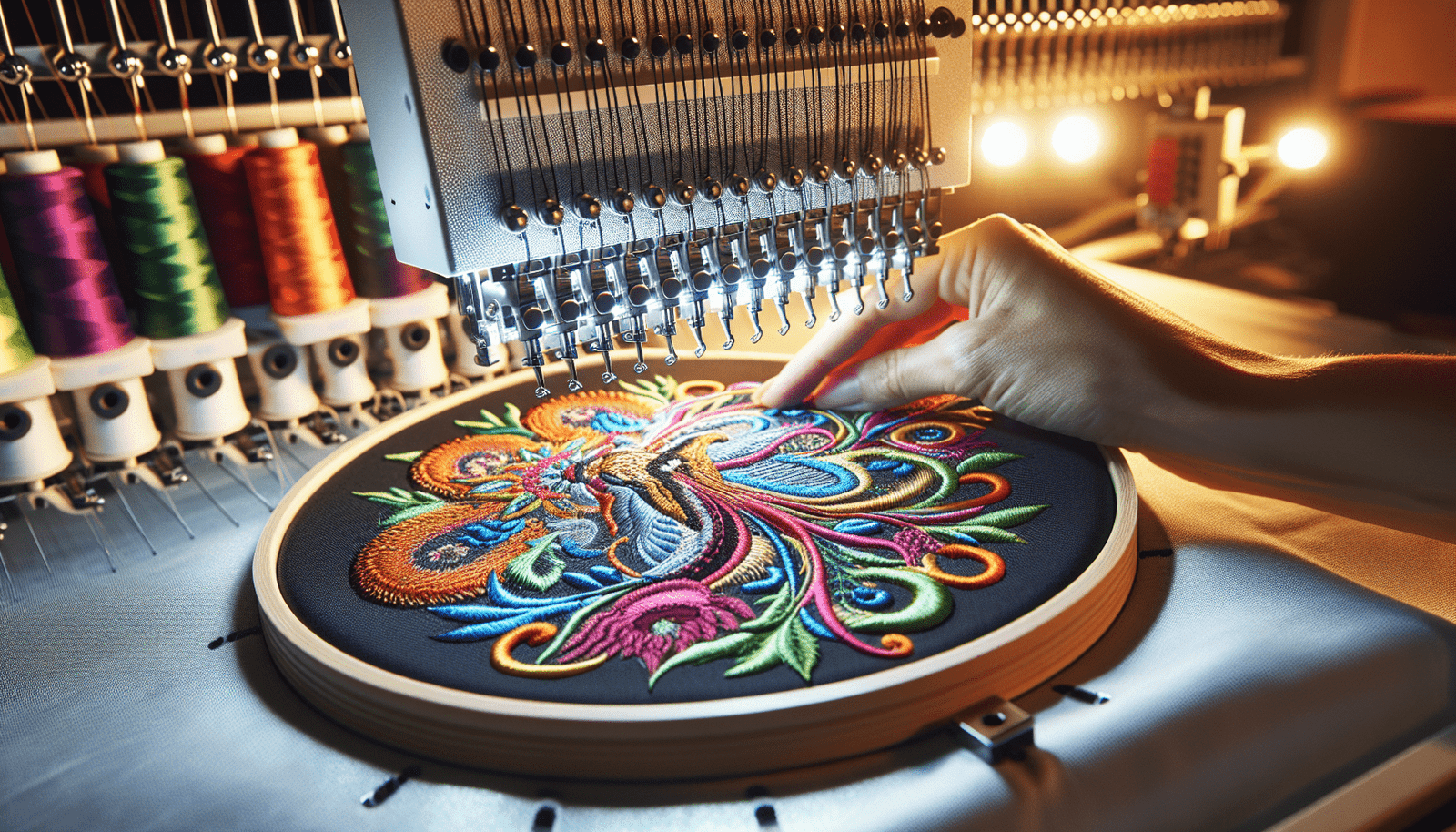
Scaling Your Branding Efforts
Once you’ve mastered custom embroidery on a small scale, consider how you can extend these efforts to reach a broader audience.
Bulk Orders
Ordering in bulk can be cost-effective and ensures you have plenty of branded items for any occasion, from trade shows to company events.
Seasonal Items
Consider creating custom-embroidered items for different seasons or special events. Limited-edition items can create a sense of urgency and exclusivity.
Collaborations
Partner with other brands to create co-branded embroidered items. This can expand your reach and introduce your brand to new audiences.
Measuring Success
After you’ve implemented custom embroidery into your branding strategy, it’s important to measure its success.
Customer Feedback
Collect feedback from your customers to gauge how well your embroidered items are being received. Positive comments and increased engagement are good indicators of success.
Sales Metrics
Monitor any changes in sales before and after introducing custom-embroidered items. Increased sales can be a sign that your branding efforts are paying off.
Brand Visibility
Track how often your embroidered items are visible in public. The more often they are seen, the better for brand recognition.
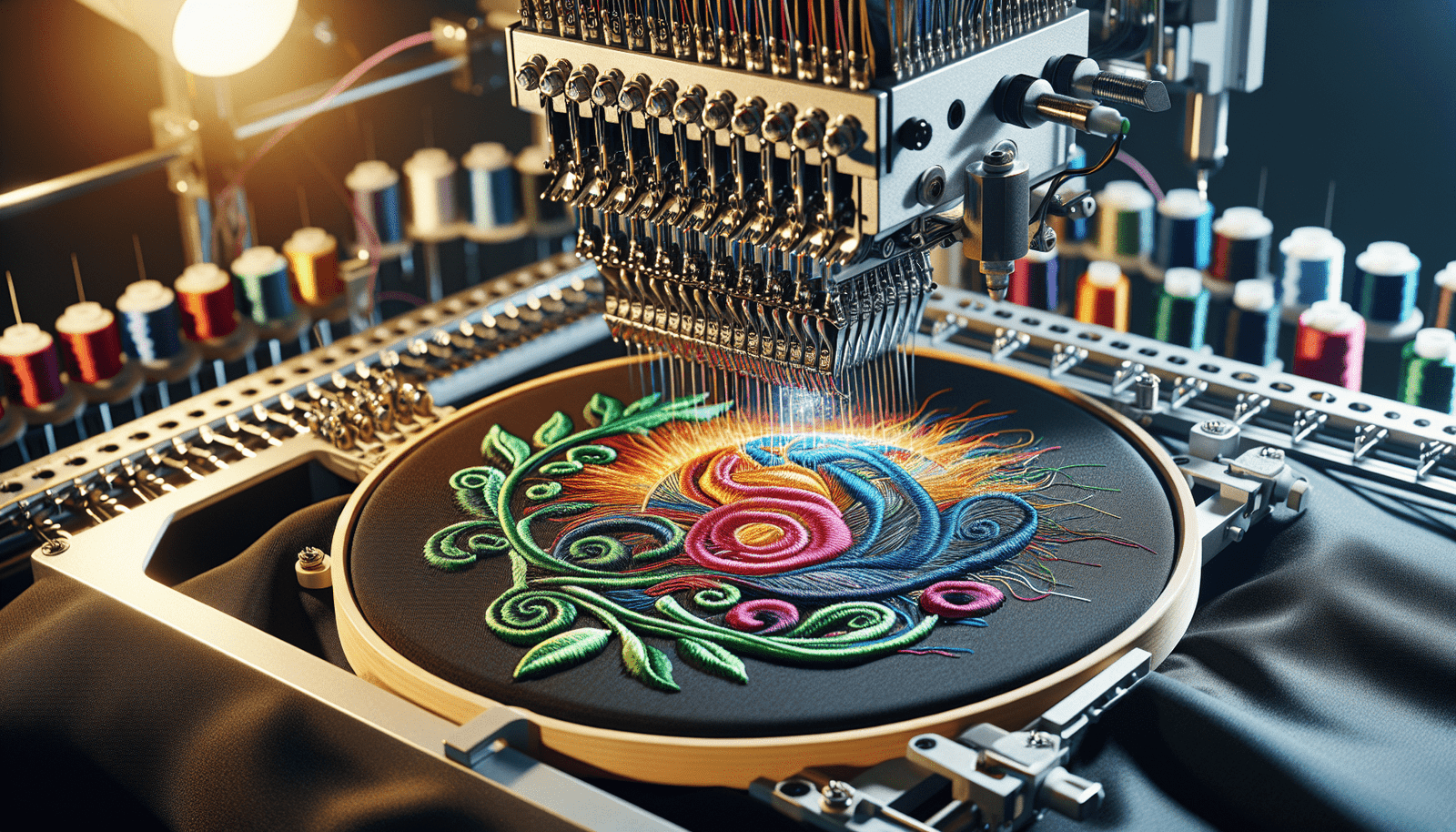
Common Mistakes to Avoid
Even though custom embroidery offers numerous benefits, there are some common pitfalls you should be aware of.
Overcomplicating Designs
As mentioned earlier, simpler is usually better when it comes to embroidery. Avoid overly complex designs that may not translate well.
Ignoring Feedback
If you receive negative feedback about your embroidered items, take it seriously. Use it as a learning opportunity to improve your designs and choices.
Not Considering the Audience
Always think about who will be using and seeing your embroidered items. Make sure the design, color, and item itself resonate with your target audience.
Custom Embroidery vs. Other Branding Methods
You might be wondering how custom embroidery stacks up against other branding methods. While there are pros and cons to each, embroidery holds its own in several key areas.
Comparisons With Screen Printing
| Aspect | Custom Embroidery | Screen Printing |
|---|---|---|
| Durability | High | Moderate to High |
| Cost for Small Runs | Higher | Lower |
| Design Complexity | Moderate | High |
| Texture and Feel | Tactile | Flat, smooth |
Understanding the distinctions between these methods can help you make an informed decision on which one to use for specific occasions.
Final Thoughts
Building a unique brand identity is no small feat, but incorporating custom embroidery into your strategy can make a significant difference. From enhancing professionalism and brand recognition to creating emotional connections, embroidery offers multiple benefits that traditional branding methods may lack. By following these steps and tips, you can ensure that your custom embroidery efforts are both effective and impactful.
So, the next time you’re brainstorming ways to make your brand stand out, consider the texture, quality, and longevity of custom embroidery. It might just be the touch of magic your brand needs to shine in a crowded marketplace. Happy branding!
